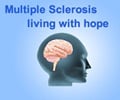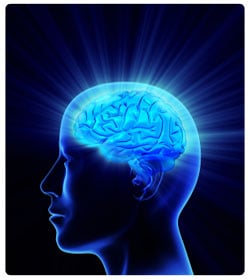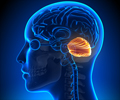Diagnosis and Treatment of Ataxia
Diagnosis
Diagnosis is done mainly with MRI scan and genetic testing. Blood tests may also be done. Treatment includes treating the underlying cause, physical therapy and occupational therapy.
Diagnosis of ataxia may be suspected based on the patient’s history and physical examination. MRI scan of the brain is performed to find out the cause of ataxia. Other tests may also be done e.g. thyroid hormone level to check for hypothyroidism, copper levels to check for Wilson’s disease and estimation of drugs or alcohol levels to detect intoxication. Genetic testing may be done to detect hereditary disease.
Treatment
In some cases, treating the underlying cause leads to recovery from ataxia. Such treatable causes include hypothyroidism, vitamin deficiency, infections and some tumours. Some cases such as hereditary ataxias do not have any specific treatment. Treatment is aimed at training the patient to adapt to the disease, for example, providing cane for walking or appliances to help to eat. Physical therapy is used to increase the strength of muscles. Occupational therapy should also be undertaken for these patients.














